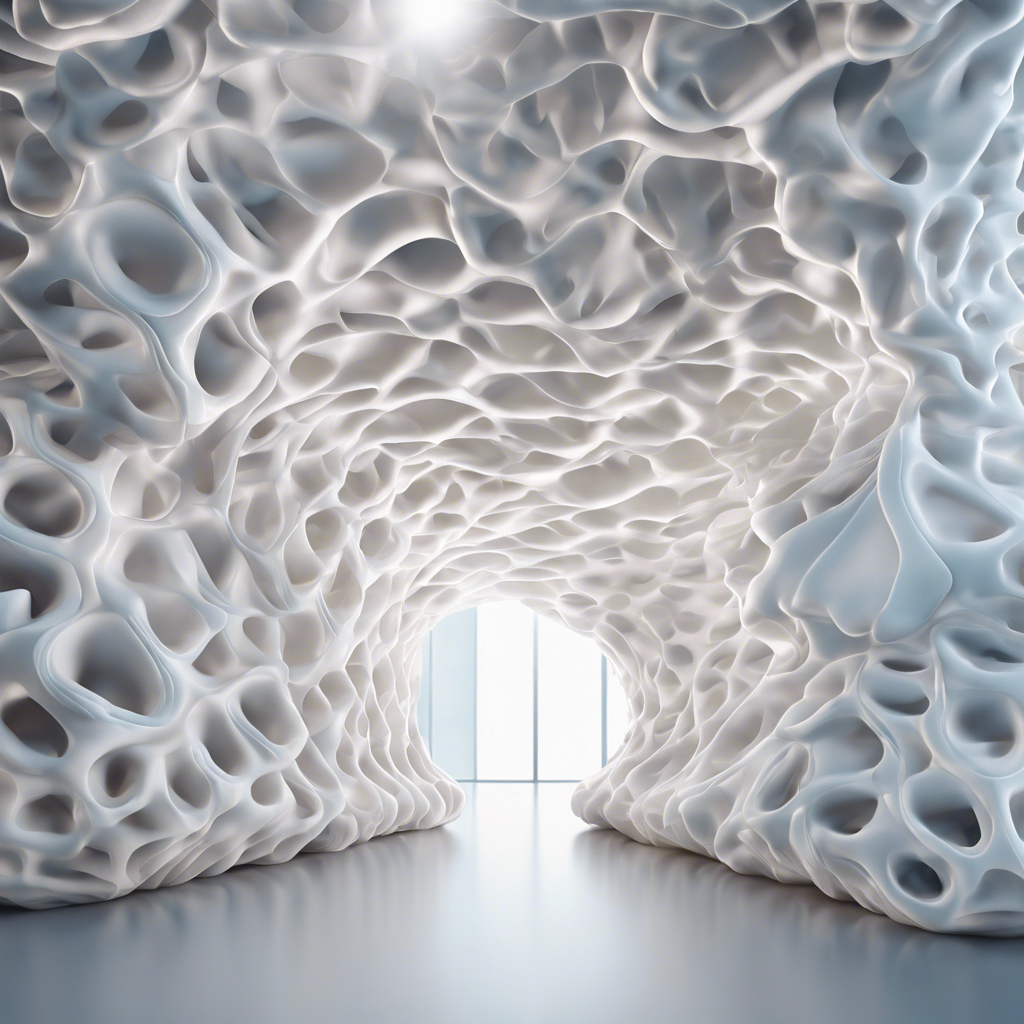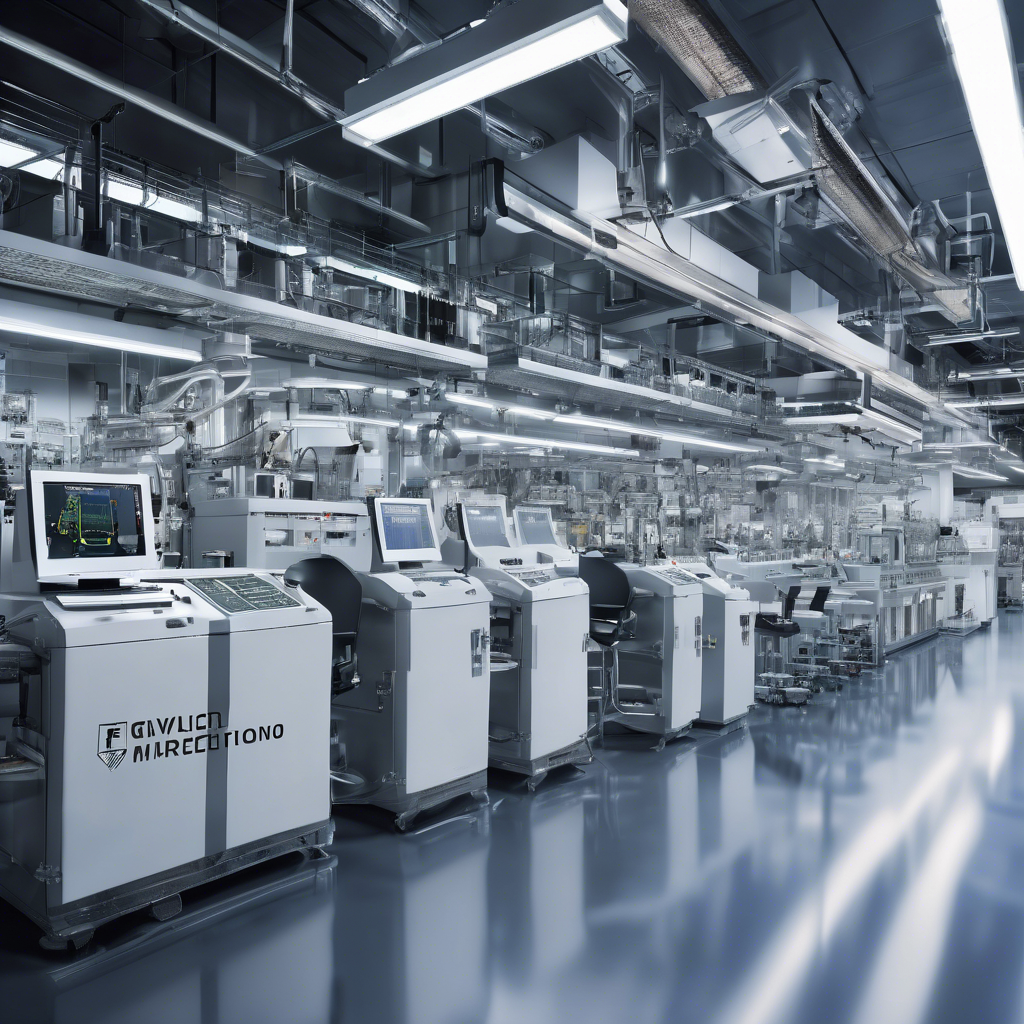Revolutionary AI-Driven Nanomaterials Roar into Aerospace and Automotive Industries

Researchers have harnessed artificial intelligence (AI) to create innovative nanomaterials that combine the strength of carbon steel with the lightweight qualities of styrofoam. These newly developed nanomaterials, fabricated through machine learning techniques and 3D printing, have more than doubled the strength of previously existing designs. The scientists involved in this study indicated that these materials could lead to the development of stronger, lighter, and more fuel-efficient components in automobiles and aircraft. Their findings were published on January 23 in the journal Advanced Materials. Co-author Tobin Filleter, a professor of engineering at the University of Toronto, expressed optimism, stating, "We hope that these new material designs will ultimately result in ultra-lightweight components for aerospace applications like planes, helicopters, and spacecraft, thereby reducing fuel consumption during flight while ensuring safety and performance. This could significantly lower the environmental impact of aviation. " In many materials, achieving strength often compromises toughness. For instance, a ceramic dinner plate is typically strong enough to support heavy items, but its rigidity often leads to fragility, making it prone to shattering with minimal force. This challenge also applies to nano-architectured materials, which are composed of countless tiny, repetitive building blocks that are a hundredth of the width of a human hair. Although these materials offer remarkable strength relative to their weight, they can also develop stress points that result in sudden failures.
This propensity for fracture has thus far restricted their practical applications. First author Peter Serles, an engineering researcher at Caltech, noted, "As I reflected on this issue, it became clear that it was an ideal problem for machine learning to address. " To explore improved designs for nanomaterials, the researchers simulated various geometries before analyzing them using a machine learning algorithm. The algorithm, informed by the designs produced, could predict optimal shapes that would effectively distribute applied stresses while bearing substantial loads. After finalizing these designs, the researchers employed a 3D printer to manufacture the new nanolattices. They discovered that these structures could endure a stress of 2. 03 megapascals for every cubic meter per kilogram—a strength five times that of titanium. "This marks the first instance of applying machine learning to optimize nano-architected materials, and we were amazed by the advancements made, " Serles shared. "The algorithm did not merely replicate successful designs from the training set; it learned from the modifications that worked and those that didn't, allowing it to propose entirely new lattice structures. " Moving forward, the researchers plan to focus on scaling up these materials for the production of larger components while continuing to explore even better designs through their method. The overarching goal is to engineer lighter and stronger components for future vehicles. Serles added, "For instance, if aircraft components made of titanium were replaced with this new material, the result could yield annual fuel savings of 80 liters for every kilogram of material substituted. "
Brief news summary
Researchers have leveraged artificial intelligence (AI) to develop innovative nanomaterials that combine the impressive strength of carbon steel with the lightweight characteristics of styrofoam. By integrating machine learning with advanced 3D printing techniques, these new materials achieve over twice the strength of current alternatives, promoting improved fuel efficiency in aerospace and automotive sectors. The findings, published in *Advanced Materials* on January 23, represent a key breakthrough in creating ultra-lightweight components for aircraft, helicopters, and spacecraft, which may help reduce carbon emissions. Historically, material science has grappled with achieving the right balance between durability and strength, especially with ceramics that fracture under stress. Guided by Caltech's Peter Serles, the research team employed machine learning to identify geometric designs that enhance stress distribution. Their 3D printing capabilities enabled the production of nanolattices that possess strength up to five times that of titanium. This study underscores the pivotal role of machine learning in material innovation, with future ambitions to scale these lightweight materials for broader use, potentially replacing traditional heavy materials and contributing to substantial fuel savings in aviation.
AI-powered Lead Generation in Social Media
and Search Engines
Let AI take control and automatically generate leads for you!

I'm your Content Manager, ready to handle your first test assignment
Learn how AI can help your business.
Let’s talk!

Emmer sponsors bipartisan Blockchain Regulatory C…
On May 21, U.S. Rep.

Oracle to Purchase $40 Billion of Nvidia Chips fo…
Oracle is making a major $40 billion investment to acquire approximately 400,000 Nvidia GB200 high-performance chips to power OpenAI’s upcoming data center in Abilene, Texas.

Spoiler alert: The future of Web3 is not blockcha…
Opinion by Grigore Roșu, founder and CEO of Pi Squared Challenging the dominance of blockchain in Web3 might seem almost heretical, especially to those deeply invested in Bitcoin, Ethereum, and related technologies

The Great AI Jobs Disruption Underway
The job market is experiencing a major transformation driven by the rapid integration of artificial intelligence (AI) across numerous business sectors.

Blockchain in Asset Management Market Size by 2034
Blockchain in Asset Management Market Size and Forecast (2025–2034) The blockchain in asset management market leverages blockchain technology to improve transparency, security, and efficiency in managing financial assets

Nvidia-Foxconn Partnership Raises Geopolitical Co…
At the 2025 Computex trade show in Taipei, Nvidia CEO Jensen Huang received a rockstar-like welcome, emphasizing Nvidia's deepening ties with Taiwan.

DeFi investors rush into Hyperliquid protocols as…
Crypto deposits on Hyperliquid’s blockchain, which is just three months old, are surging dramatically, primarily fueled by an influx of decentralised finance (DeFi) protocols and participants.

 Auto-Filling SEO Website as a Gift
Auto-Filling SEO Website as a Gift








 Auto-Filling SEO Website as a Gift
Auto-Filling SEO Website as a Gift

